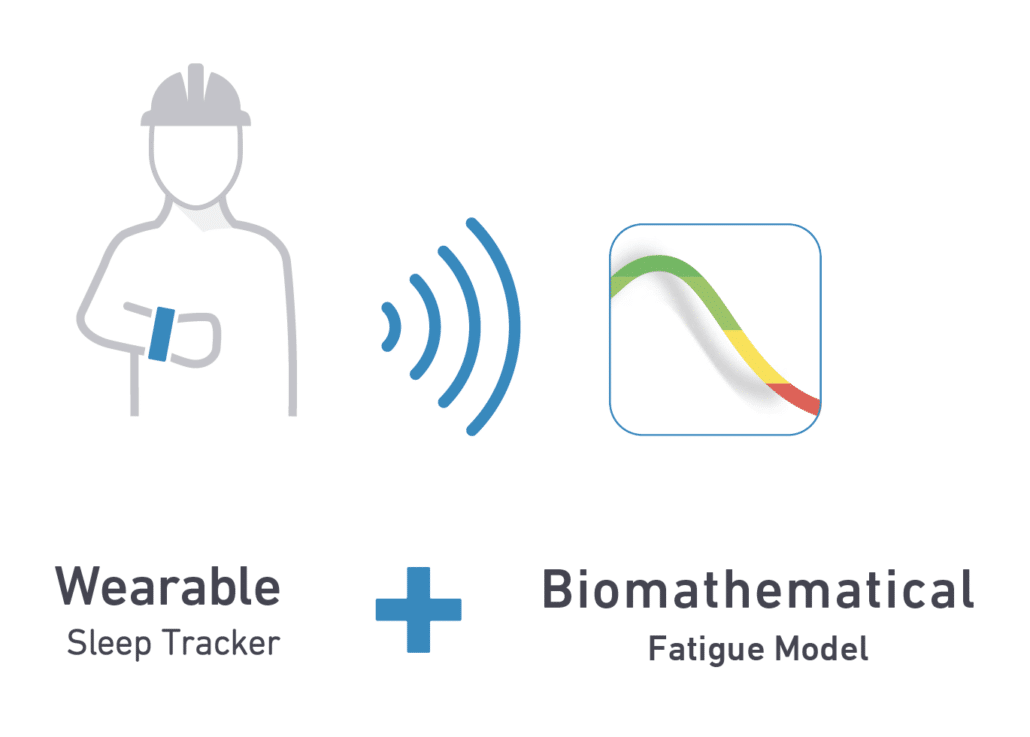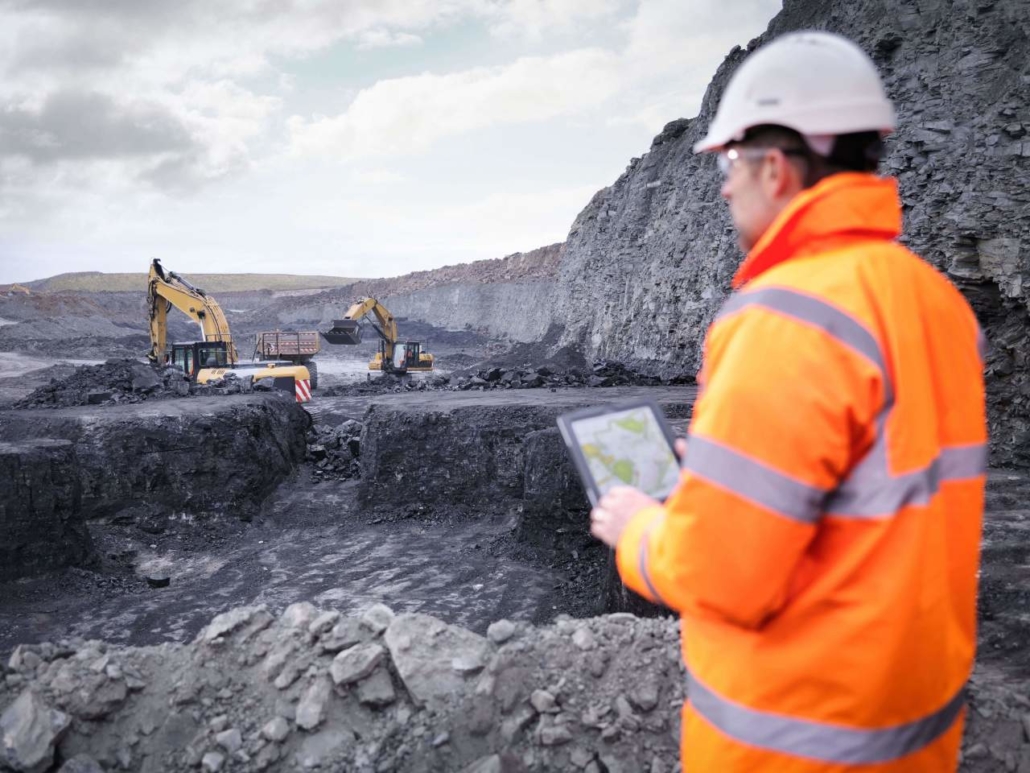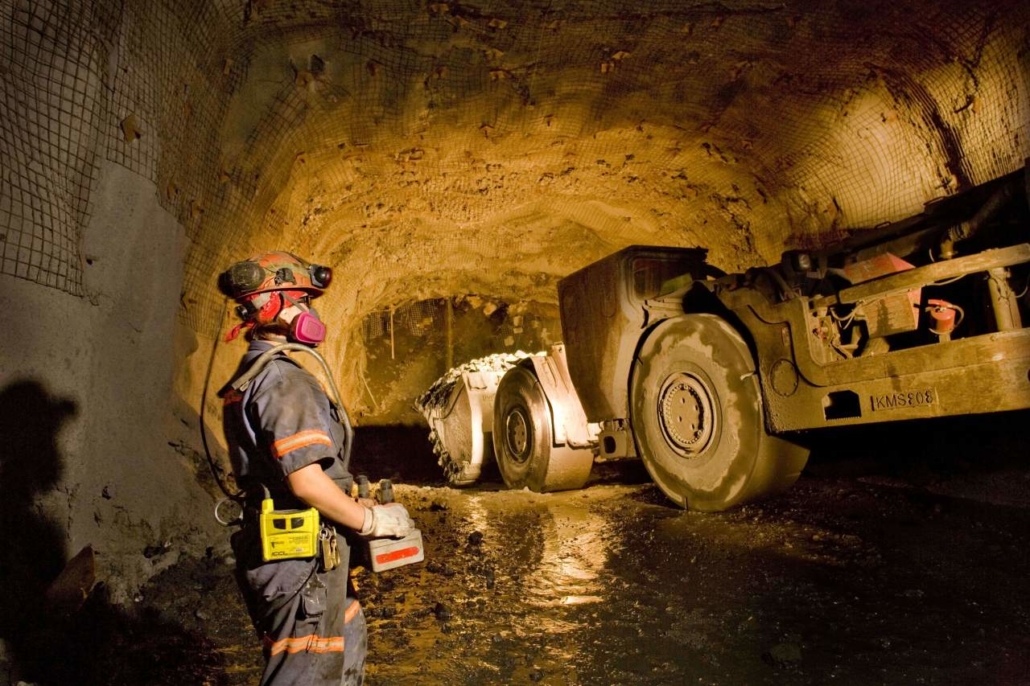From HSE to supervisors to workers: with predictive fatigue management, everyone has a role to play
For decades, organizations have tried to manage fatigue in silos. A scheduler may analyze rosters, while a supervisor tries to keep their drivers from falling asleep at the wheel. But without a common source of fatigue data, there often isn’t a clear picture of fatigue risk understood by everyone across each level of the organization, namely leadership, health and safety teams, supervisors, and operators themselves.
Now, the era of predictive fatigue management technology is quickly changing this situation. With predictive technology, each member of an organization, from top to bottom, has a unique role to play in reducing fatigue. Everyone can now work toward a common goal based on the same set of fatigue data.
A New Era of Opportunities, Based on Predictive Data
Compared to legacy technologies for fatigue risk management, predictive technology enables workforce cooperation because its design is fundamentally different.
While reactive technologies, such as in-cab cameras, attempt to detect critical fatigue events right before they happen, predictive technologies create a personal fatigue forecast for each worker when they wake up.

Based on personal sleep data and biomathematical modelling, these forecasts cover every hour in the worker’s day ahead—and can even be extended weeks into the future with scheduling data and machine learning-based forecasting technology.
These fatigue predictions create a rich, robust data set of personal fatigue predictions for the entire workforce.
A 360º Fatigue Management Information System
Without the right tools, it can be a challenge to make use of all of this predictive fatigue data in a practical manner, particularly given the variety of different roles and responsibilities across an organization. It’s the job of a comprehensive Fatigue Management Information System (FMIS) to make this easy for everyone.
Here at Fatigue Science, our FMIS is known as Readi. As a comprehensive information system, Readi aggregates and tailors fatigue data into different formats for busy people up and down your operational chain. In other words, a FMIS like Readi puts predictive fatigue data into the right hands, in the right level of detail to enable meaningful actions for fatigue management.
A Role for Leadership and Health and Safety Teams
First, let’s consider how predictive fatigue data is used by leadership and health and safety teams.
If you are an industrial executive, operations manager, or Health, Safety & Environment (HSE) professional, you most likely care about receiving predictive fatigue data in an aggregated format, with fatigue insights at a group-, shift- or site-wide level.
 ReadiAnalytics, a component of Readi, designed specifically for industrial leadership and health & safety teams, addresses this need. With ReadiAnalytics, you can:
ReadiAnalytics, a component of Readi, designed specifically for industrial leadership and health & safety teams, addresses this need. With ReadiAnalytics, you can:
- establish a quantifiable baseline for fatigue each operation
- identify problem areas (fatigue hotspots in groups, locations, or schedules)
- implement fatigue reduction initiatives targeted at areas of concern
- use the ongoing analytics to measure the efficacy of these efforts
HSE teams and schedulers can also use ReadiAnalytics to simulate the real-world fatigue impacts of potential schedules, helping aid in schedule optimization. Schedule analysis can also reveal the degree to which a certain schedule is itself causing of fatigue, compared to other potential causes, such as sleep health.
These insights can further help inform the right strategy and tactics for achieving fatigue reduction.
A Role for Supervisors
Now, consider how predictive fatigue data is used by shift supervisors and dispatchers.
If you are a supervisor managing a crew of workers over the course of a shift, you already have an immense amount of mission-critical responsibilities on your plate. When it comes to fatigue, you as a supervisor need only the most actionable, essential information about the safety of your crew members.

Features like Crew Fatigue Alerts, which ping supervisors on their smartphones when a worker is close to reaching a critical level of fatigue, can help supervisors perform fatigue interventions and check-ins. ReadiSupervise, a component of Readi designed for supervisors, provides this functionality and more.
Moreover, because the data are fundamentally predictive, supervisors don’t have to wait for a Fatigue Alert if they would rather plan ahead. Many supervisors choose to consult their “Today’s Shift” dashboard at the beginning of a shift, getting a clear picture of upcoming fatigue for their entire crew before it happens. They then plan interventions for the day ahead and get reminded with Fatigue Alerts accordingly.
To track these interventions easily, supervisors can look forward to Intervention Logging, an upcoming feature in ReadiSupervise that enables seamless tracking of any critical fatigue interventions that a supervisor makes.
Finally, with the recent introduction of 14-Day Fatigue Forecasting, supervisors can also see a projection of the “who, when, and where” of crew fatigue up to 14 days in advance. Learn more about 14-Day Fatigue Forecasting here.
A Role for All Workers
Finally, consider how fatigue data is used by operators and other workers of an operation.
Workers performing safety-critical tasks make up the backbone of an industrial operation. Simply put, fatigue management starts with oneself.

Operators can use predictive fatigue technology to be self-aware of their fatigue on-duty and before it happens at a glance.
ReadiOne, the operator-centric component of Readi, provides each worker with a personal Daily Fatigue Forecast, revealing on their phone and wearable if and when he or she will face critical fatigue on their upcoming shift.
Then, when the worker is on duty, he or she receives personalized Fatigue Alerts when approaching critical levels of fatigue. These vibrating reminders reflect the same data shared earlier in one’s Daily Fatigue Forecast, so there are no surprises when it comes to fatigue. Alerts vibrate on an operator’s wrist and phone, enabling personal caution when it’s needed most.
Achieve greater productivity and safety outcomes together.
Today, predictive fatigue technologies create a robust and meaningful fatigue data set. Paired with a comprehensive FMIS like Readi, these data enable meaningful actions across all levels of an industrial organization — from leadership to health and safety, to supervisors and workers. Working together under this new paradigm, members of industrial organizations can meaningfully reduce fatigue risk, which is shown to have a direct correlation to measurable increases in productivity and decreases in overall fatigue risk.
Put another way, a predictive FMIS like Readi helps everyone in an organization avoid their worst and perform at their best.
Interested in learning more about data-driven fatigue management?
or download our free eBook on the Science of Sleep for industrial workforces
